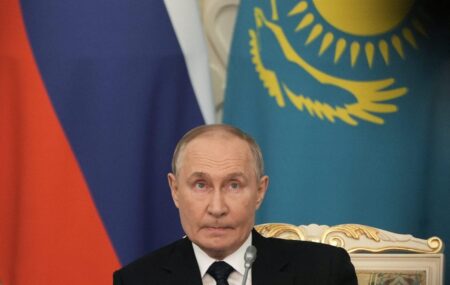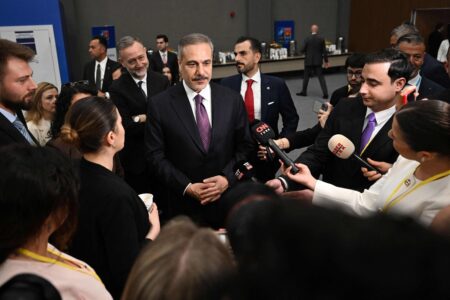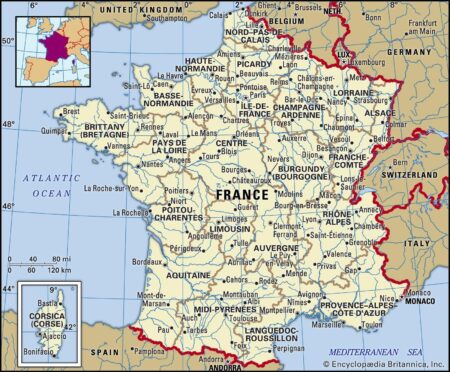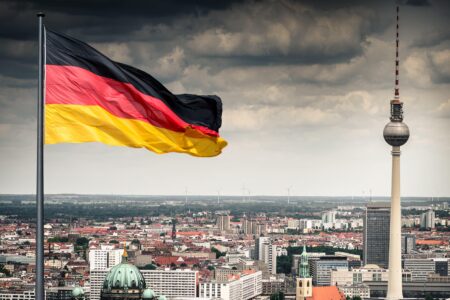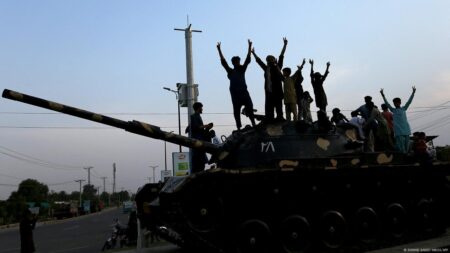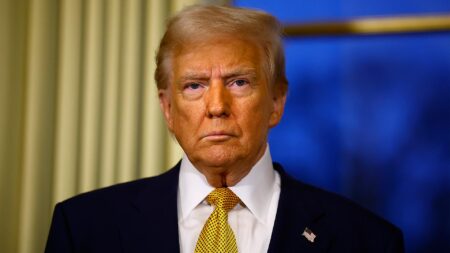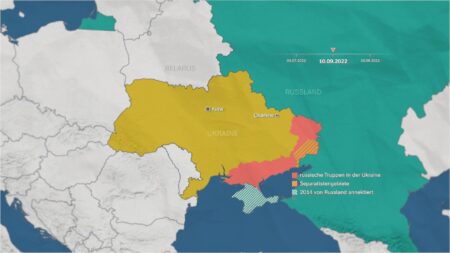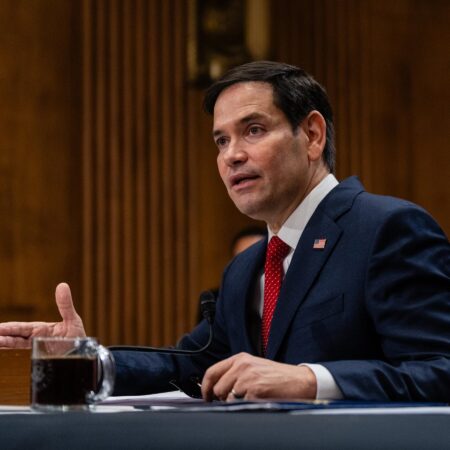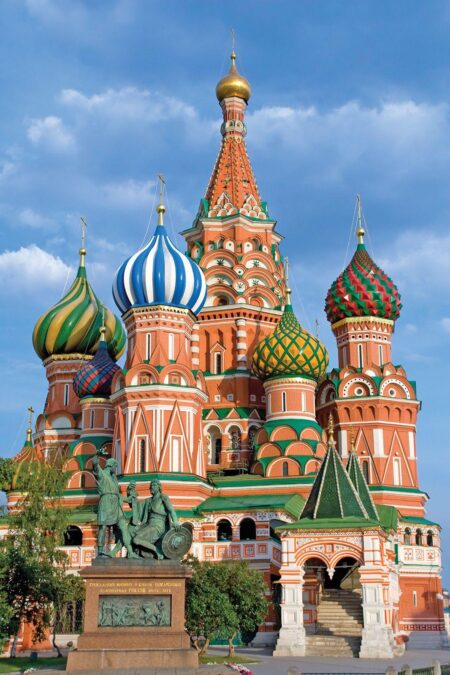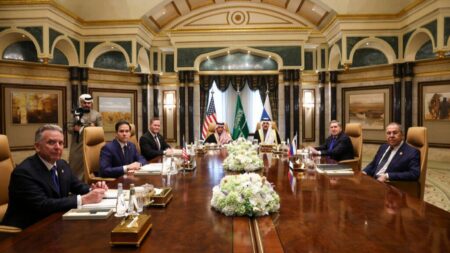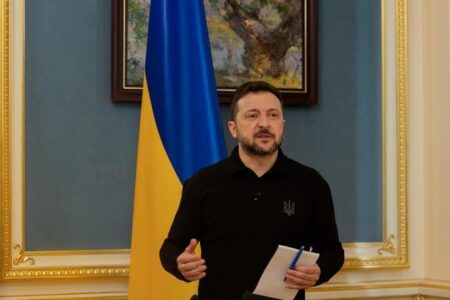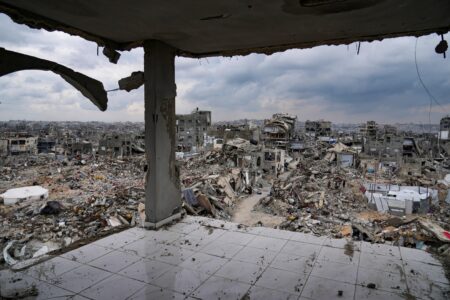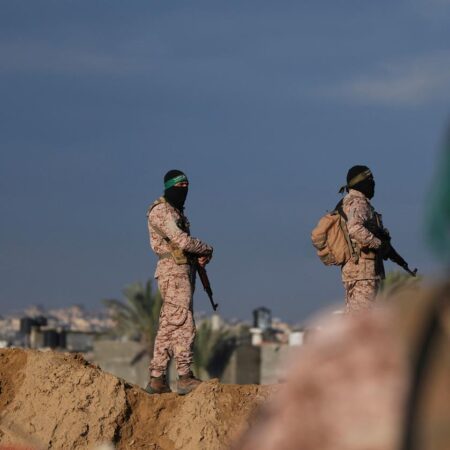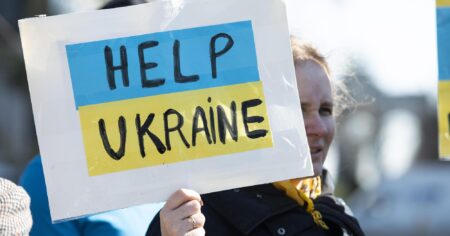In a dramatic twist, Russia and Ukraine are gearing up for their first direct talks in three years, igniting a wave of intrigue and uncertainty amidst the backdrop of ongoing tensions. As both nations navigate a labyrinth of complex issues, observers are holding their breath with cautious optimism.
Browsing: ceasefire
In a significant development, Russia has unveiled plans to assemble a delegation that will participate in peace talks with Ukrainian officials on May 15. This announcement hints at a possible turn towards diplomacy amid the persistent tensions, igniting hopes for a much-needed resolution to the ongoing conflict.
French President Emmanuel Macron has issued a stark warning: if hostilities in Ukraine persist, Russia could be hit with even more sanctions. During a recent press conference, he passionately underscored the critical importance of achieving a ceasefire to bring much-needed stability back to the region.
In a bold statement, Indian Prime Minister Narendra Modi declared that India has only “paused” its military operations against Pakistan, underscoring the nation’s readiness for any potential escalation. This announcement sends ripples of concern about the future dynamics in the region.
Germany has delivered a bold ultimatum to Russia, insisting on an immediate ceasefire by midnight. Should Russia fail to heed this call, new sanctions will be imposed, escalating the already intense tensions in the region. As international pressure builds for a resolution to the ongoing conflict, all eyes are on the unfolding situation
In a remarkable diplomatic breakthrough, Australia, Bangladesh, and Nepal have united in a powerful call for an “understanding” to put an end to military actions and gunfire between India and Pakistan. This bold initiative seeks to ease rising tensions and pave the way for meaningful dialogue in the region.
In a remarkable turn of events, India and Pakistan have reached a historic agreement for a “full and immediate ceasefire,” signaling an end to the ongoing hostilities that have plagued the region. Former President Donald Trump lauded this pivotal development, highlighting the crucial need for lasting peace in this vital area of the world.
In a groundbreaking announcement, Prime Minister Narendra Modi declared that India will draw no distinction between terrorists and the Pakistani government in upcoming ceasefire discussions. This bold statement highlights India’s unwavering position amid escalating tensions. Stay tuned for live updates!
Former President Donald Trump is urging Ukraine to open the door to dialogue with Russia, highlighting the importance of negotiations rather than simply seeking a ceasefire. His comments arrive amidst escalating tensions, sparking curiosity about what this could mean for the future of the conflict in the region.
Ukrainian President Volodymyr Zelenskyy has expressed his willingness to enter into peace talks with Russia, but only if a mutually agreed-upon ceasefire is established. This announcement represents a pivotal moment in the midst of escalating tensions in the region.
In a recent revelation, Senator Marco Rubio highlighted the crucial role played by Vance in brokering a historic ceasefire agreement between India and Pakistan. This landmark ceasefire represents a vital leap toward regional stability, emphasizing the power of diplomacy in overcoming conflicts.
Even with a recent ceasefire between India and Pakistan, reports indicate that the water-sharing treaty is still on hold. The persistent struggles over water resources highlight deeper bilateral challenges, casting a shadow over aspirations for enduring peace in the region.
Kyiv has charged Russia with violating a ceasefire announced by President Vladimir Putin, which was meant to last for three days. Despite the truce, reports of ongoing hostilities have emerged, escalating tensions as both sides navigate the complexities of this enduring conflict
The Kremlin has described Ukraine’s response to President Putin’s ceasefire proposal as “ambiguous,” calling for more transparent communication. This plea arises amidst escalating tensions and ongoing hostilities, highlighting the significant hurdles that remain in the pursuit of lasting peace.
Top U.S. officials have once again emphasized the urgent need for Ukraine and Russia to come together and prioritize peace negotiations as tensions continue to rise. This renewed call for diplomacy seeks to prevent further conflict and pave the way for stability in the region, encouraging both nations to engage in constructive dialogue.
In a stunning turn of events, President Vladimir Putin has announced a three-day ceasefire in Ukraine, set to begin on May 8. This unexpected decision aligns with Russia’s Victory Day celebrations, igniting hopes for a brief respite from the relentless conflict.
In a significant meeting in Rome, Italy’s Prime Minister Giorgia Meloni warmly welcomed Ukrainian President Volodymyr Zelenskyy, showcasing her unwavering support for an urgent ceasefire in Ukraine. The two leaders engaged in meaningful discussions about pathways to peace and explored how Italy can further bolster its assistance to Ukraine during these challenging times.
As violence in Gaza intensifies, UK NGOs are being called to rethink their diplomatic strategies. Al Jazeera highlights a rising agreement that conventional methods have fallen short, sparking urgent demands for more proactive measures to address the ongoing crisis.
In a surprising turn of events, Hamas officials have shown a readiness to engage in negotiations for the release of hostages and are open to exploring a five-year truce in Gaza. This pivotal moment could signal a significant shift in the enduring conflict, igniting hopes for a sustainable peace agreement.
Ukraine and European leaders firmly believe that any land agreements with Russia should hinge on a ceasefire, highlighting the critical importance of achieving stability and peace before moving forward with negotiations. This position sheds light on the intricate web of ongoing geopolitical tensions.

